Approaches and equipment for accelerating data processing of agricultural monitoring with UAV
The market for UAVUAV remote sensing services has huge prospects for crop management, but it is still underdeveloped due to undeveloped methodological approaches. The standard proposal for sounding is formed as maps of nitrogen nutrition, moisture supply, damage by harmful organisms, etc., which are provided by the company within three days.
In the practice of crop production, the effectiveness of technological techniques depends on the timing of their implementation, and therefore the efficiency and the objectivity of monitoring results determines the value of monitoring.
Large volumes of data can be calculated both in cloud services on remote servers and directly in the field with the presence of powerful laptops, the cost of which is acceptable for most households. Obviously, the problem is different, first of all, it is related to methodological issues.
It is not difficult to take a picture and make a map - the geometric parameters of the objects are easily fixed, the problems begin in the measurements of spectral indicators, since they depend on many indicators and, above all, on the state of lighting and the angle of inclination of the sensor. If these questions are not methodically resolved in surveying, in particular for the creation of vegetation maps, the equipment is used mainly in the indication mode. A feature of the indication mode is the detection of areas characteristic of the field, on which ground surveys will be conducted, based on the results of which appropriate maps will be created. With such an approach, taking into account the dimensions of the fields, it will not be possible to accelerate significantly, and without this mass industrial implementation is doubtful.
Methodical approaches to lighting correction
Methodically solving this task is possible in several ways, both borrowed from satellite technologies and inherent to UAVs themselves. Satellite monitoring has been used since the 70s, and the issue of obtaining reproducible data for changes in lighting has been worked out at a serious technical and organizational level. If it was possible to access terrestrial objects, as in the countries of Western Europe and the USA, using the example of weather stations, a network of stations was created that recorded the amount of sunlight and, on the basis of this, made a correction for illumination. If access was difficult or impossible in the territories of the USSR, natural optical templates were used: deep water bodies, objects with known parameters (roofs of buildings), asphalt roads, etc. Despite certain successes, the problem was not finally solved and specialists had to take into account the possibility of "mosaics" on the map obtained from pictures under different lighting, since there are certain problems with the presence and performance of natural patterns.
This approach can also be used for UAVs, for which special diffusion reflection panels are produced. Diffuse (matte) panels, in comparison with glossy ones, have a stable and stable reflection regardless of the alignment of the device, lighting and viewing geometry. Therefore, if there is a camera anywhere in the field of view of an object with known and stable parameters, monitoring results can be calculated, which is easy to implement for relatively small objects. For the field, it will be difficult for both financial and organizational reasons, since the panel must have significant dimensions for reliable fixation with the UAV, and be placed directly near the experimental objects. It is impractical to install such panels in a stationary mode directly in the fields, as they require maintenance, in particular the removal of dirt before use.
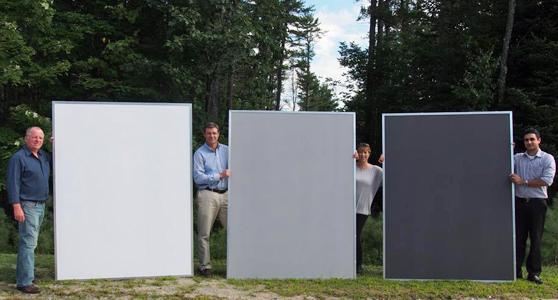
Diffusion reflective panels (https://www.pro-lite.co.uk/File/ reflectance_targets.php) for remote sensing
Therefore, this approach is acceptable for precision measurements, but it is hardly acceptable for mass implementation on domestic industrial fields with an area of tens or hundreds of hectares.
An alternative to ground templates for light calibration is the use of a camera's standard exposure meter, which automatically evaluates the object's light level. The shooting duration (exposure time), aperture number and other parameters are fixed and the EXIF data of the image file. Based on this data, equations can be developed to account for changes in lighting, but they will be individual for a specific camera brand. This approach is easy to implement on ordinary cameras with a single lens, but for professional cameras with several separate metering channels, the optimal exposure time will be different and, accordingly, different solutions are needed.
Spectral monitoring systems for UAVs with an anti-aircraft sensor
Since calibration by illumination is mandatory for industrial solutions, a completely logical and correct step in the development of spectral monitoring systems for agricultural purpose for UAVs was the use special anti-aircraft sensor. One of the first serial models in which this innovation was implemented was the Parrot Sequoia camera, which was positioned as a budget option for professional spectral equipment. This lightweight sensor can be installed on a mini-class UAV, has 4 spectral channels (NIR, Red Edge, R, G) for monitoring and an additional RGB channel to facilitate the operator's work when selecting the investigated object. The resolution is 13 cm/pixel at a height of 120 meters.
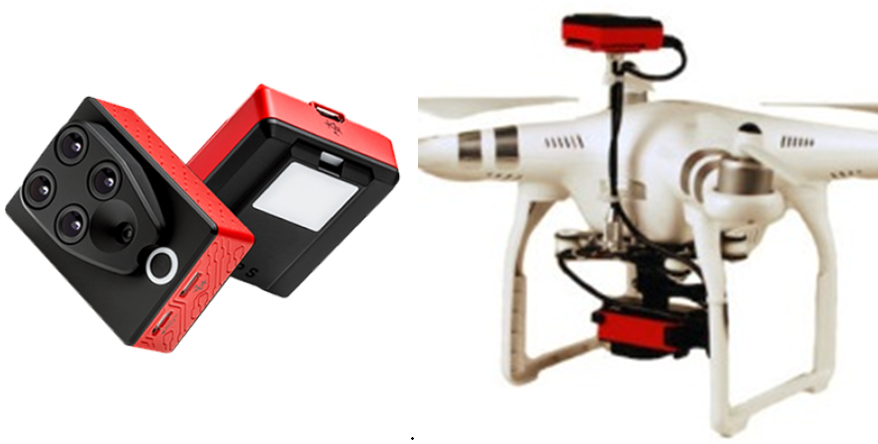
The Parrot Sequoia camera has 4 spectral channels (NIR, Red Edge, R,G) for monitoring and an additional RGB channel. And also the option of installing it on a copter.
The closest analogue of Parrot Sequoia is the more expensive MicaSense RedEdge-MX system, which has greater weight (180 grams) and enhanced capabilities in terms of the ability to distinguish spectral composition - 8 cm/pixel on 120 meters high. An additional blue channel makes the system more versatile. The advantage is also the improved communication capabilities, which made it possible to expand the possibilities of integration into the UAV autopilot.
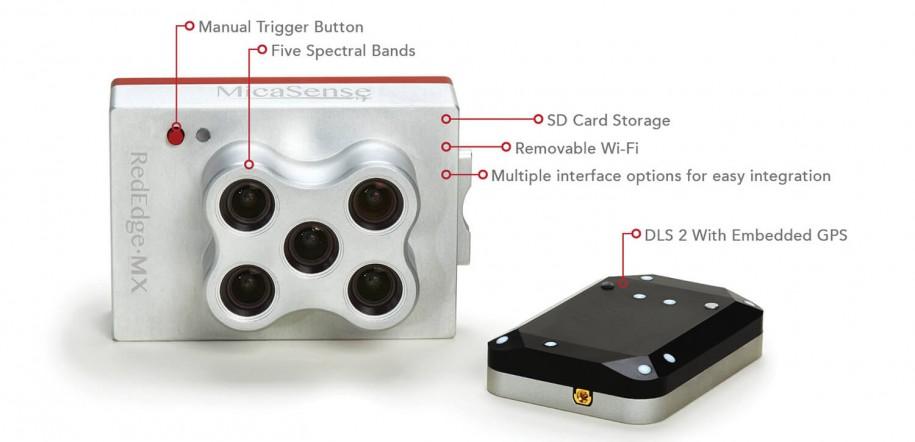
MicaSense RedEdge-MX system
Nowadays, an additional anti-aircraft sensor has become a standard equipment for professional UAV-based systems. As an example, we can cite a complex based on the Phantom 4 Multispectral quadcopter. Based on the common Phantom 4 platform, DJI has developed a whole line of various devices, for example, for geodetic needs with an RTK system, as well as capable of providing a 10-centimeter and higher accuracy multispectral system for farmers.
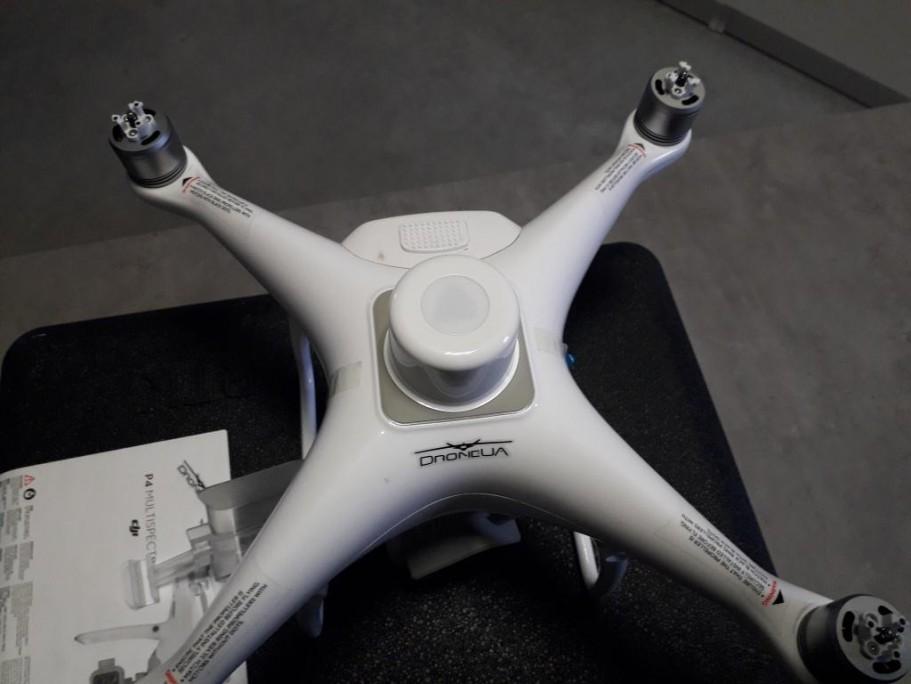
A stationary anti-aircraft sensor is placed on top of the copter.
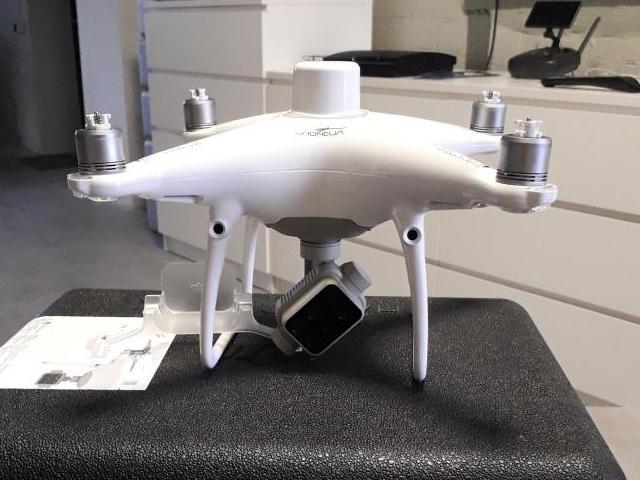
And this is how the anti-aircraft sensor looks from the side. A working sensor is mounted underneath.
Platform versatility makes servicing and access to spare parts easier, but versatility doesn't promote individuality. In general, the task of choosing the optimal configuration for each user has no solution. With regard to computer hardware, which had the same problem with regard to consumer needs, an open architecture was implemented, where third-party blocks can be added to the motherboard and easily integrated into the software environment.
A similar decision was made for spectral equipment for UAVs - modules from the Kernel company. In the development of the latter, specialists sought to develop not the camera itself, but the optimal system specifically for UAVs. In fact, the solution is a certain designer, when the user will choose the photo sensor, filter, lens, etc. In addition, Kernel is the first camera to support UAVCAN, "a lightweight protocol designed for reliable communication of robotic applications over the CAN bus." The CAN bus connects the flight controller's sensor readings to the core.
The standard data package today includes GPS positioning, acquisition time, airspeed, compass, gyroscope, accelerometer, and level horizon. All sensor data that the user has chosen to save will be hard-coded into each captured image's metadata (EXIF) to aid in image processing.
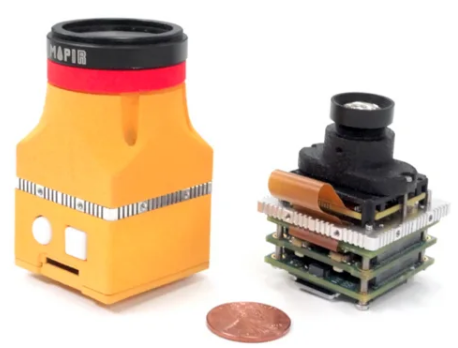
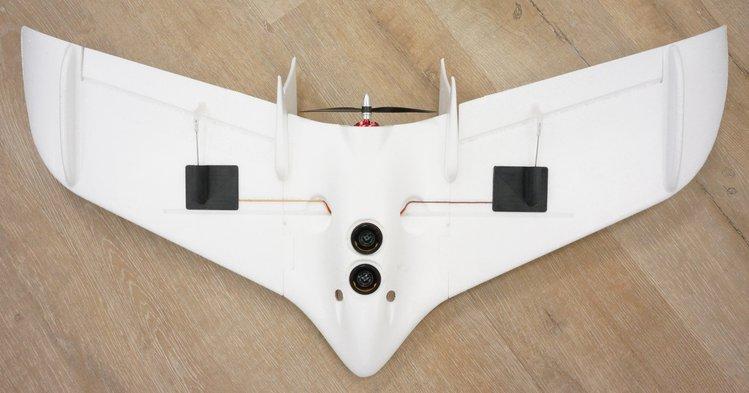
True, this is the case when individuality does not come cheap, and the cost of each channel directly from the manufacturer is from $1000.
In conclusion
Practically all professional systems cost a lot, however, they allow you to earn a lot. Thus, the system installed on the aircraft platform is really capable of surveying areas of hundreds of hectares during one flight. Professional spectral systems also have features that we will consider in more detail in the followingarticles.
Natalya Anatoliivna Pasichnyk (n.pasichnyk@nubip.edu.ua)